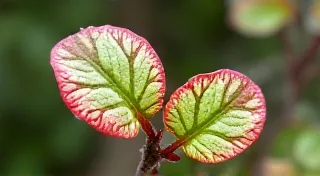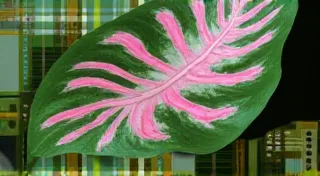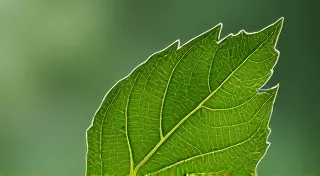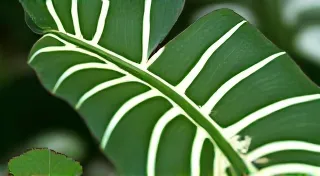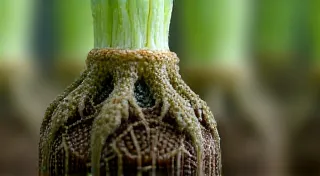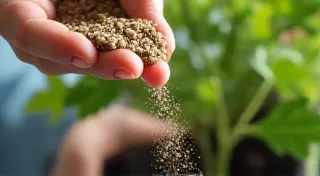Leaf Drop SOS: Troubleshooting Common Causes in Rare Plants
Sudden leaf drop can be alarming, especially when dealing with prized and often delicate rare houseplants. It’s rarely a single issue and often a culmination of factors. This guide provides a comprehensive breakdown of possible causes and solutions for leaf drop in rare houseplants, empowering you to diagnose and rectify the problem and restore your plant’s health.
Understanding Leaf Drop – More Than Just a Symptom
Before we jump into the causes, it’s important to understand that leaf drop, or abscission, is a natural process. Plants shed leaves to conserve energy, especially during seasonal changes. However, *sudden* or *excessive* leaf drop warrants investigation. It signals that something is amiss.
Common Causes and Solutions
1. Watering Issues: Too Much or Too Little
Watering is arguably the most common culprit. Rare plants often have specific watering needs that differ significantly from common houseplants. It's a complex balance to strike, and even slight deviations can lead to issues like leaf drop. Figuring out the right watering schedule can sometimes feel overwhelming, but with careful observation and a little research, you can master it.
Too Much Water: Overwatering suffocates roots, depriving them of oxygen. This can lead to root rot, a silent killer. Symptoms include yellowing leaves followed by leaf drop. Rare plants like
Solution: Let the soil dry out considerably between waterings. Ensure your pot has excellent drainage. Consider repotting into a well-aerated mix. Check roots for signs of rot (mushy, brown).
Too Little Water: Insufficient moisture causes leaves to dry out and become brittle, eventually dropping. Look for crispy leaf edges as an early warning sign.
Solution: Increase watering frequency, but be mindful of potential overwatering. Consider using a humidifier to increase ambient humidity, especially for plants that thrive in high humidity environments.
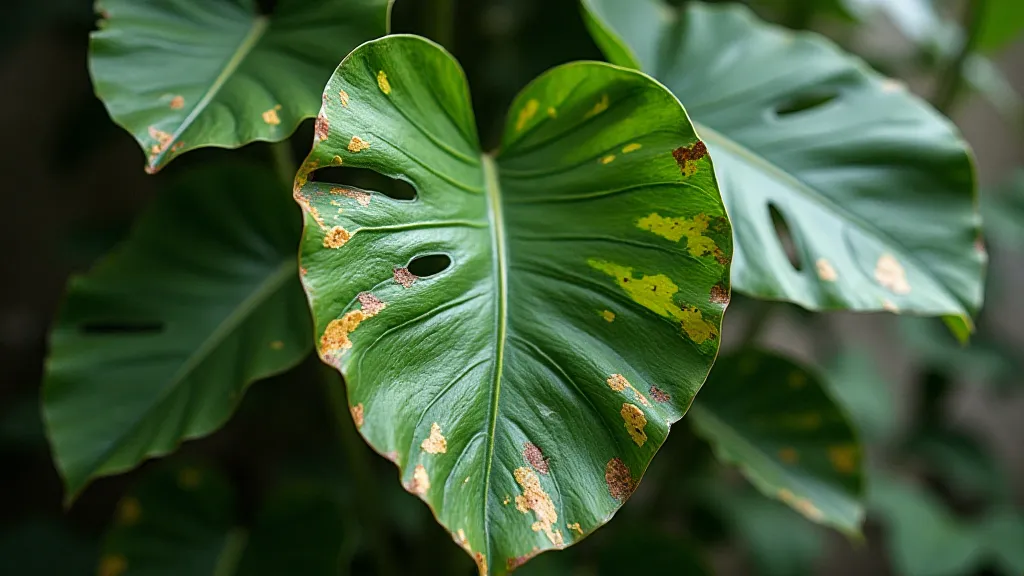
2. Light Problems: Too Much or Too Little
Rare plants often have very specific light requirements. Mimicking their natural habitat’s light conditions is crucial. The amount of light a plant receives greatly influences its overall health and resilience, impacting everything from leaf color to growth rate.
Too Much Light: Direct sunlight, especially during peak hours, can scorch leaves, leading to burning and eventual drop. Plants like
Solution: Move the plant to a location with diffused light. Use sheer curtains to filter sunlight.
Too Little Light: Insufficient light weakens the plant, causing it to shed leaves to conserve energy. Symptoms include stunted growth and pale leaves.
Solution: Move the plant to a brighter location, but avoid direct sun. Consider using a grow light to supplement natural light.
3. Humidity Levels
Many rare houseplants originate from tropical environments and require high humidity. Low humidity can cause leaf edges to dry out and leaves to drop. Plants like
Solution: Use a humidifier, group plants together to create a microclimate, or place plants on a pebble tray filled with water.
4. Temperature Fluctuations
Sudden changes in temperature can stress plants and trigger leaf drop. Avoid placing plants near drafts or heating/cooling vents.
5. Pest Infestations
Pest infestations weaken plants, making them susceptible to various problems, including leaf drop. Common pests like spider mites, mealybugs, and scale can damage leaves and stems. Inspect plants regularly for signs of infestation. Early detection and treatment are key to preventing widespread damage and leaf loss.
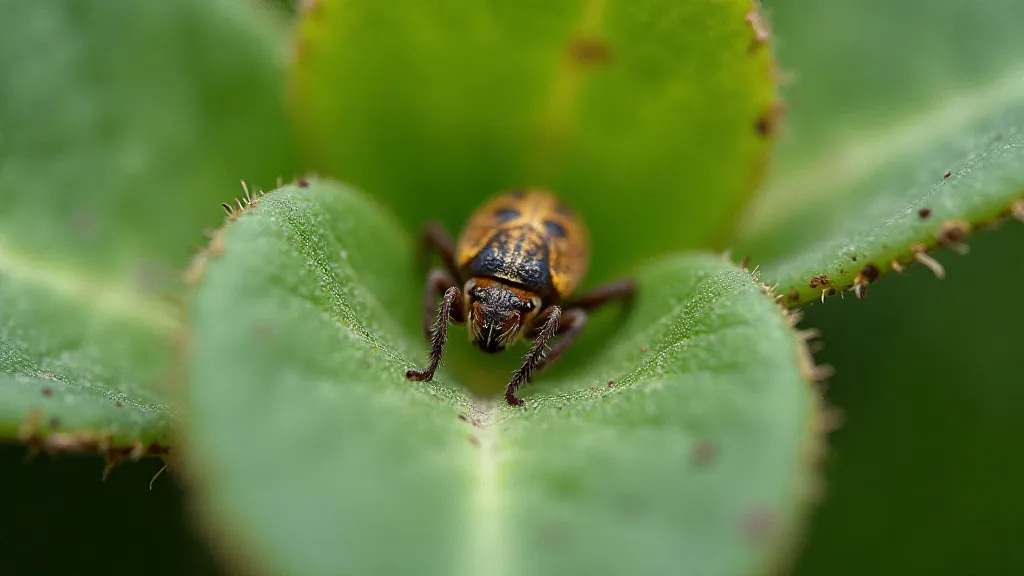
6. Repotting Stress
Repotting, while necessary, can be stressful for plants. It disrupts the root system and can trigger leaf drop. Be gentle and avoid damaging the roots during repotting. The process can be seen as a form of trauma for the plant, so providing extra care afterwards is essential.
7. Nutrient Deficiencies
Lack of essential nutrients can weaken plants and lead to leaf drop. Use a balanced fertilizer formulated for houseplants, but avoid over-fertilizing. Rare plants often benefit from specialized fertilizers. Understanding the specific nutritional needs of each plant can be crucial for maintaining its health and vigor.
8. Acclimation Period
New plants, especially those recently acquired, experience an acclimation period. During this time, they may drop some leaves as they adjust to their new environment. Be patient and provide optimal care. It's a crucial phase where the plant is assessing its new surroundings and adjusting its resources accordingly.
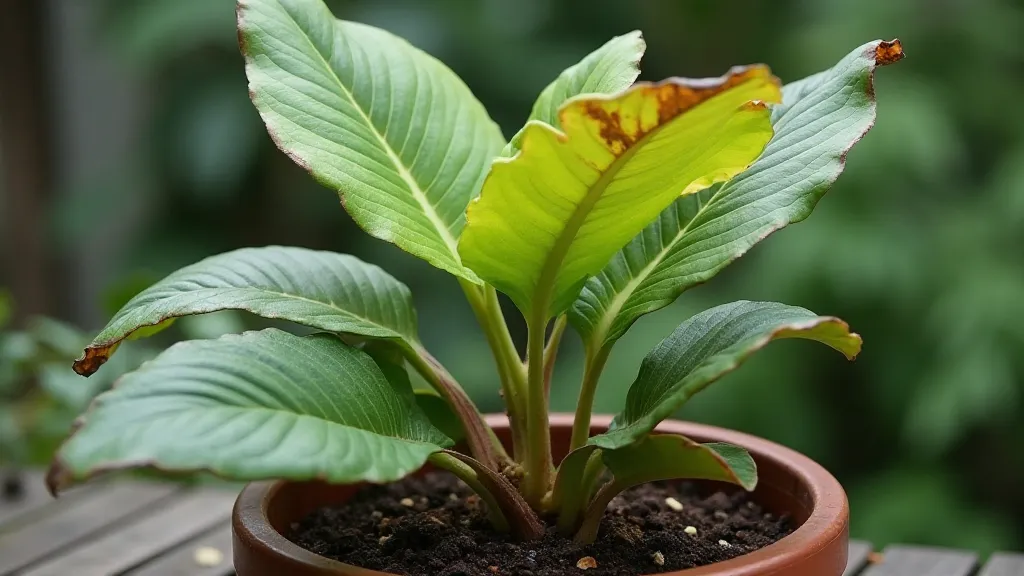
Diagnosis and Prevention
The key to preventing leaf drop is attentive observation. Regularly inspect your plants for signs of stress and address any issues promptly. Research the specific needs of each rare plant in your collection, as these can vary greatly. Providing the right conditions—light, water, humidity, and nutrients—will ensure your rare houseplants thrive. And remember, even established plants can experience unexpected issues, so ongoing monitoring is essential.
Beyond the basic needs, consider factors like pot size and material. A pot that's too small can restrict root growth and contribute to stress, while a material that doesn't allow for proper aeration can lead to root rot. Understanding the interplay of all these factors will help you create a thriving environment for your rare plants.
Furthermore, don't be afraid to experiment and adjust your care routine as needed. What works for one plant may not work for another, and even within the same species, individual plants can have slightly different preferences. The journey of caring for rare plants is one of continuous learning and adaptation.
Finally, remember that dealing with plant issues can be frustrating, but it's also an opportunity to deepen your connection with nature and appreciate the intricacies of the plant world. Embrace the challenges, celebrate the successes, and enjoy the beauty and wonder of your rare plant collection.
